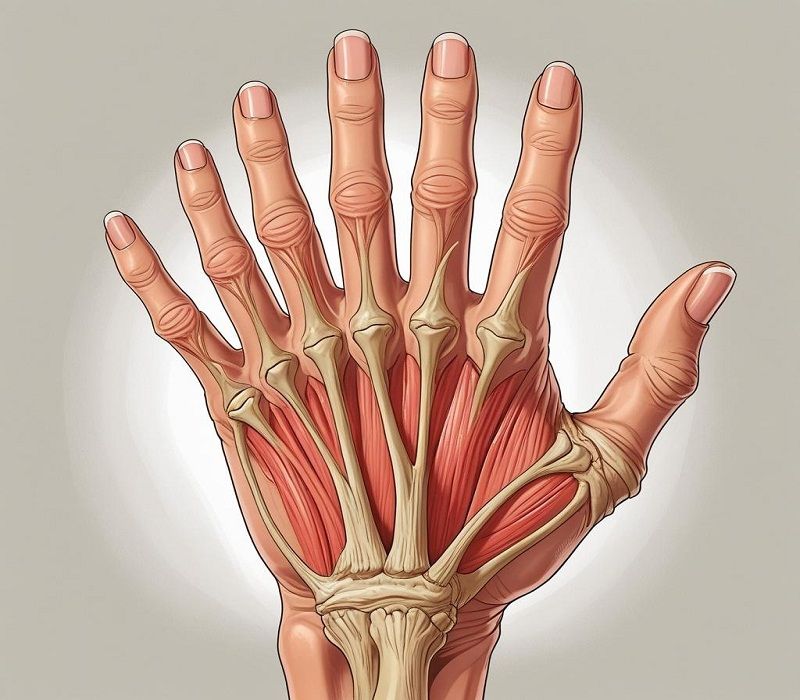Understanding Loguytren problems: Causes, Symptoms, Treatments, and Hope
Introduction
“Loguytren problems,” is a hand condition affecting millions worldwide. Characterized by thickened tissue under the skin of the palm and fingers, it can lead to permanent finger contractures. Dupuytren problems limit daily activities like shaking hands or washing faces. If you’re researching Dupuytren problems, this guide covers causes, treatments, and new hope for sufferers.
Who Is Most at Risk?
Dupuytren’s doesn’t discriminate but targets specific groups:
- Age/Gender: Men over 50 (80% of cases).
- Ancestry: Northern European descent (“Viking disease”).
- Lifestyle: Smokers, diabetics, heavy drinkers.
Dr. Emily Torres, Hand Surgeon: “Genetics load the gun; lifestyle pulls the trigger.”
What Causes Loguytren problems?
Genetic Factors
A mutation in the TGF-β gene causes collagen overproduction, forming rope-like cords. Family history increases risk 70%.
Age and Gender
Declining estrogen in older men reduces collagen regulation. Women’s milder cases often appear post-menopause.
Health Triggers
- Diabetes (insulin resistance thickens tissue).
- Antiepileptic drugs (rare side effect).
- Not caused by manual labor (myth debunked by 2023 JAMA study).
Symptoms: Early Signs vs. Progression
- Stage 1: Painless palm nodules (often mistaken for calluses).
- Stage 2: Skin dimpling (“pits”).
- Stage 3: Cords pull fingers toward palm (ring/middle fingers first).
- Late Stage: “Tabletop test” failure (can’t flatten hand).
Real Patient Insight:
“I ignored a lump for years. By the time my pinky curled, opening jars was impossible.” – James, 62.
Diagnosis: No Labs, Just Hands
Doctors use:
- Physical exam: Checking for cords/nodules.
- Hueston Tabletop Test: Can palm lie flat?
- Ultrasound: Measures cord thickness.
Misdiagnosis Alert: 30% are initially told it’s “arthritis” or “trigger finger.”
Treatment Options (Non-Surgical vs. Surgical)
Non-Surgical
- Xiaflex® Injections: Enzyme dissolves cords (FDA-approved). Pros: In-office; no cuts. Cons: High recurrence (40%).
- Needle Aponeurotomy: Cord punctured with a needle. Best for mild cases.
- Radiotherapy: Early-stage radiation halts progression (studies show 70% success).
Surgical
Limited Fasciectomy: Removal of diseased tissue. Gold standard for severe cases.
- Dermofasciectomy: Adds skin graft (for recurrent cases).
- Amputation: Last resort for neglected infections.
Recovery Timeline:
- Non-surgical: 1–3 days.
- Surgery: 6 weeks of hand therapy + splinting.
Can Loguytren problem Be Prevented?
No proven prevention, but risk reduction includes:
- Quitting smoking (nicotine fuels fibrosis).
- Managing blood sugar (diabetics).
- Gentle stretching (may slow progression).
When to See a Doctor
Act if you notice:
Palm nodules lasting >6 weeks.
Fingers won’t straighten fully.
Difficulty with gloves/washing face.
Delaying care risks permanent contractures.
Personal Experience: A Patient’s Journey
Mark, 58: “After Xiaflex®, my hand opened 80% in 2 days. But 3 years later, it returned. Surgery gave lasting results – I wish I’d done it sooner.”
FAQs:
Q1: Is Loguytren problems fatal?
No, but it can disable hands.
Q2: Will both hands get it?
Yes, 50% develop bilateral issues.
Q3: Can young people get it?
Rare under 40, but possible.
Q4: Does cracking knuckles cause it?
Myth – zero scientific link.
Conclusion:
Loguytren problems demand attention but not despair. Early intervention preserves hand function. If you suspect symptoms, see a hand specialist – new treatments emerge yearly. Your grip on life shouldn’t be limited by cords in your palms.
References & Further Reading
- Journal of Hand Surgery : “Genetic Advances in Loguytren problems.”
- Mayo Clinic: Dupuytren’s Disease: Modern Management.
- NIH Study: “Radiotherapy for Early Dupuytren’s.”
For more interesting articles; visit our website”earntuffer”
